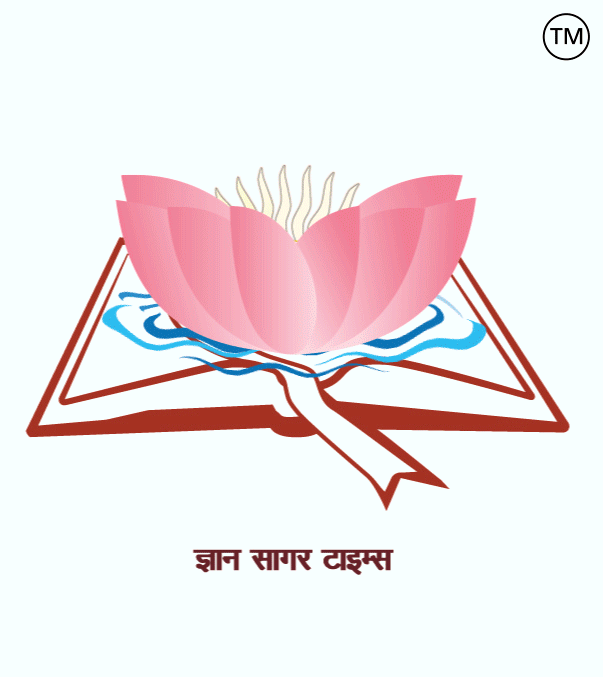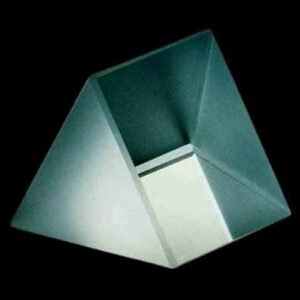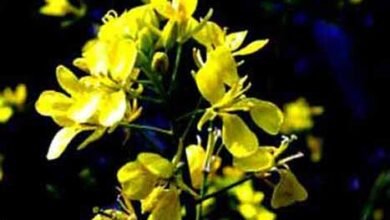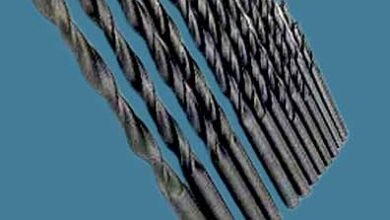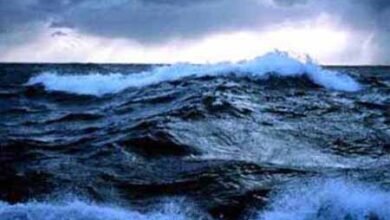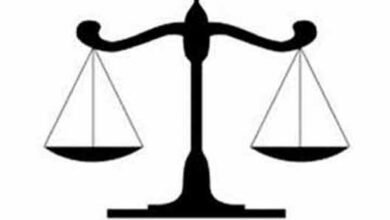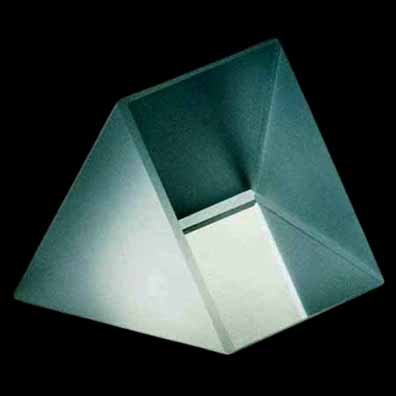
Related to Physics- 202.
|
1. What is the triple point of water? = 273.16 Kelvin (0.01 degrees Celsius) and 611.657 Pascal (about 0.006 atmospheres). 2. What causes the raindrop to have a spherical shape? = Surface tension. 3. What is the unit of luminous intensity? = candela. 4. The power of the lens is measured in? = Diopter. 5. How is a stationary wave formed? = Two waves of the same shape travelling in opposite directions. 6. The colour of light is determined by? = Its wavelength or frequency. 7. Does the sun appear red at the time of setting? = Due to the phenomenon of scattering of light (Rayleigh scattering). 8. What did C.V. Raman get the Nobel Prize for? = For the study of scattering of light. 9. On which principle does optical fibre work? = Works on the principle of total internal reflection. 10. Which is the best conductor of electricity? = Silver. 11. Why can’t we see in fog? = Scattering of light. 12. Why does a pencil placed in water appear bent? = Refraction of light. 13. What is the threshold frequency? = It is the minimum frequency below which incident light cannot cause emission of electrons from a metal surface, no matter how high the intensity of light is. It is usually represented by υ₀ (new knot). 14. Who discovered the ‘Law of Floating’ principle? = Archimedes. 15. What is the Hindi meaning of dynamo? = Converting mechanical energy into electrical energy. 16. Which instrument is used to measure the angular distance between two objects? = Theodolite and Sextant. 17. Who propounded quantum theory? = Max Planck. 18. Why did Einstein receive the Nobel Prize? = For his “services to theoretical physics” and in particular for “the discovery of the photoelectric effect”. 19. On which principle does a jet engine work? = Works on Newton’s third law or the principle of conservation of linear momentum. 20. What is the angular distance between two objects measured by? = Cosine. 21. What is used to measure wind speed? = Anemometer. 22. Who measured the speed of light? = Astronomer Ole Romer. 23. Whose surface tension is zero at the critical temperature? = Liquid. 24. What is used to measure the density of gas? = Gas pycnometer. 25. The unit of angular velocity is? = radian per second (rad/s). 26. Violet colour is deflected the most by which? = Prism. 27. What is that property of a body called, by which it resists any change in its state of rest or uniform motion in a straight line? = Inertia. 28. The imaginary line that falls on a spherical mirror passing through the focus and pole is called? = Principal axis. 29. When two objects are in contact with each other, a force acts between them that oppose the motion of the objects. What This force is called? = Frictional force. 30. The ability of an object to do work due to its motion is called that object? = Kinetic Energy. ============== ======== ==== ============== भौतकी से संबंधित-202.
1. पानी का त्रिगुणात्मक बिंदु कितना होता है? = 273.16 केल्विन (0.01 डिग्री सेल्सियस) और 611.657 पास्कल (लगभग 0.006 वायुमंडल). 2. वर्षा की बूंद का आकार किसके कारण गोलाकार होती है? = पृष्ठ तनाव (surface tension). 3. ज्योति तीव्रता का मात्रक क्या होता है? = कैंडेला (candela). 4. लेंस की क्षमता किसमें मापी जाती है? = डायोप्टर. 5. अप्रगामी तरंग कैसे बनती है? = विपरीत दिशा में चालित समान आकृति की दो तरंगों. 6. प्रकाश का रंग निश्चित किया जाता है? = उसकी तरंग दैर्ध्य या आवृत्ति द्वारा निश्चित होता है. 7. अस्त होते समय सूर्य लाल दिखाई देता है? = प्रकाश के प्रकीर्णन (रेले प्रकीर्णन) की घटना के कारण. 8. सी० वी० रमन को नोबेल पुरस्कार किसलिए मिला? = प्रकाश के प्रकीर्णन के अध्ययन के लिए. 9. प्रकाशीय फाइबर किस सिद्धांत पर कार्य करता है? = पूर्ण आंतरिक परावर्तन (Total Internal Reflection) के सिद्धांत पर कार्य करता है. 10. विद्युत का सबसे अच्छा सुचालक कौन सा है? = चांदी (Silver). 11. कोहरे में हम क्यों नहीं देख पाते हैं? = प्रकाश के प्रकीर्णन. 12. पानी में रखी पेन्सिल मुड़ी हुई दिखाई क्यों देती है? = प्रकाश का अपवर्तन. 13. देहली आवृत्ति क्या होती है? = वह न्यूनतम आवृत्ति है, जिससे कम आवृत्ति का आपतित प्रकाश किसी धातु सतह से इलेक्ट्रॉनों का उत्सर्जन नहीं कर सकता, चाहे प्रकाश की तीव्रता कितनी भी अधिक हो.जिसे सामान्यतः υ₀ (न्यू नॉट) से प्रदर्शित किया जाता है. 14. ‘लॉ ऑफ फ्लोटिंग ‘ सिद्धांत की खोज किसने की? = आर्किमिडीज. 15. डायनेमो का हिंदी अर्थ क्या है? = मैकेनिकल ऊर्जा का इलेक्ट्रिकल ऊर्जा में परिवर्तित करना. 16. दो वस्तुओं के मध्य कोणीय दूरी मापन के लिए कौन-सा यंत्र प्रयुक्त होता है? = थियोडोलाइट और सेक्सटैंट. 17. क्वांटम सिद्धांत का प्रतिपादन किसने किया? = मैक्स प्लैन्क. 18. आइंस्टीन को नोबेल पुरस्कार क्यों मिला था? = उनके “सैद्धांतिक भौतिकी में सेवाओं” और विशेष रूप से “प्रकाश-विद्युत प्रभाव के नियम (फोटोइलेक्ट्रिक प्रभाव) की खोज” के लिए मिला था. 19. जेट इंजन किस सिद्धांत पर कार्य करता है? = न्यूटन के तीसरे नियम या रैखिक संवेग संरक्षण के सिद्धांत पर काम करता है. 20. दो वस्तुओं के बीच कोणीय दूरी किससे मापा जाता है? = कोसाइन. 21. हवा की गति किससे मापी जाती है? = एनिमोमीटर. 22. प्रकाश के वेग को किसने मापा था? = खगोलशास्त्री ओले रोमर. 23. क्रांतिक ताप पर किसका पृष्ठ तनाव शून्य होता है? = द्रव. 24. किसका प्रयोग गैस का घनत्व मापने में किया जाता है? = गैस पाइक्नोमीटर. 25. कोणीय वेग का मात्रक होता है? = रेडियन प्रति सेकंड (rad/s). 26. किसके द्वारा बैगनी रंग का विचलन अधिकतम होती है? = प्रिज्म. 27. किसी पिण्ड के उस गुणधर्म को क्या कहते हैं, जिससे वह सीधी रेखा में विराम या एकसमान गति की स्थिति में किसी भी परिवर्तन का विरोध करता है.उसे कहते है? = जड़त्व (Inertia). 28. वह काल्पनिक रेखा जो फ़ोकस एवं पोल से गुजरते हुए गोलकार दर्पण पर पड़ती है, उसे कहते हैं? = मुख्य अक्ष. 29. जब दो वस्तु एक दूसरे के संपर्क में रहते हैं तो उनके बीच एक बल लगता है जिसके कारण वस्तु के गति में विरोध होता है इस बल को कहते हैं? = घर्षण बल. 30. किसी वस्तु में उसके गति के कारण जो कार्य करने की क्षमता आ जाती है उसे उस वस्तु की कहते है? = गतिज ऊर्जा.
|

